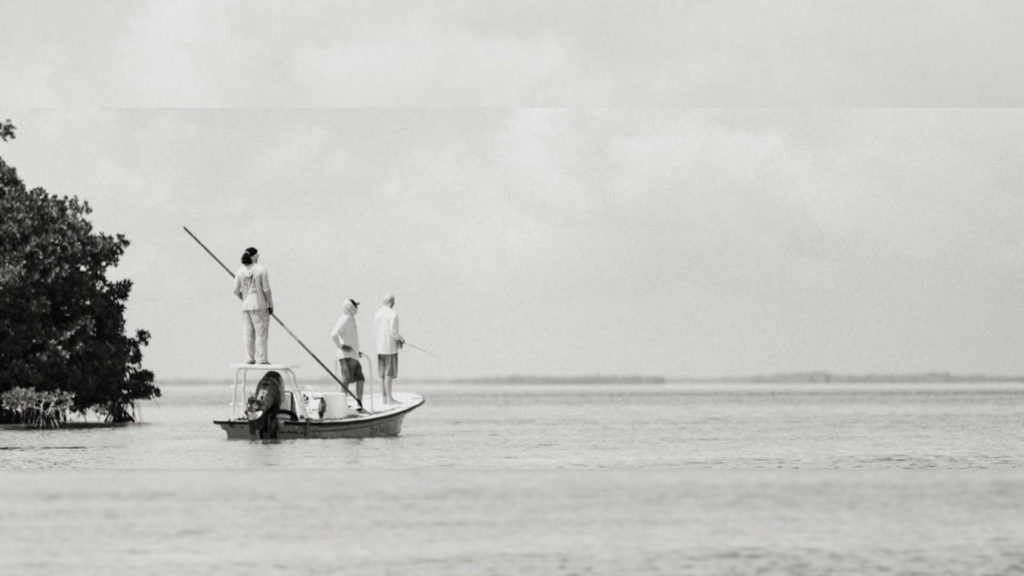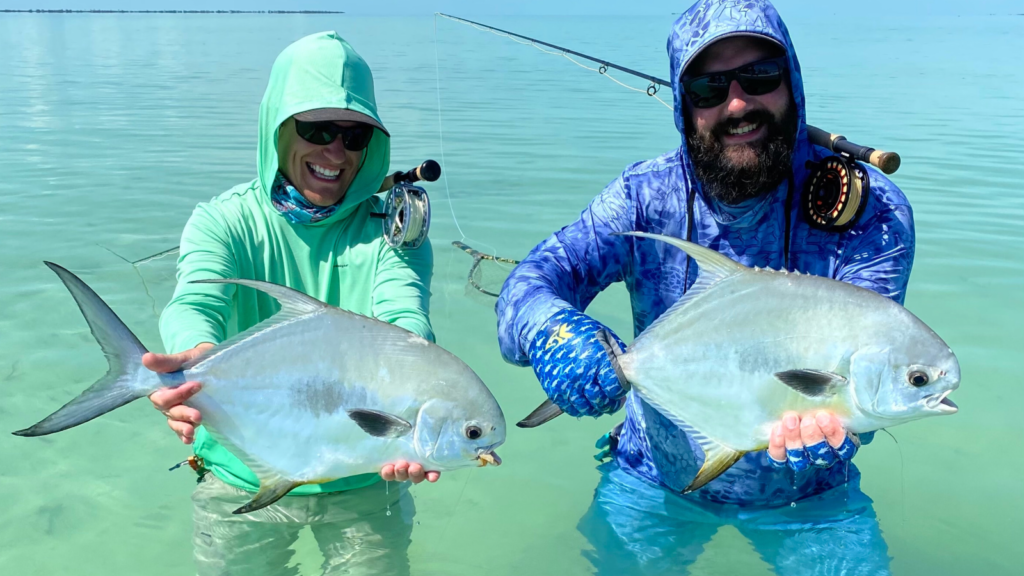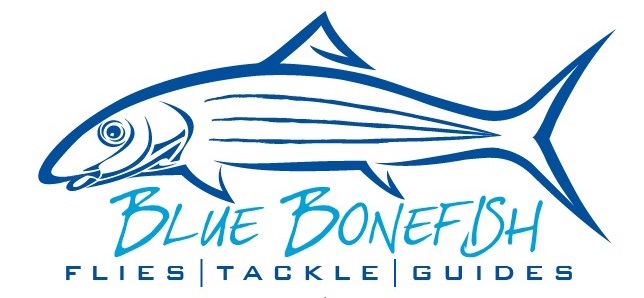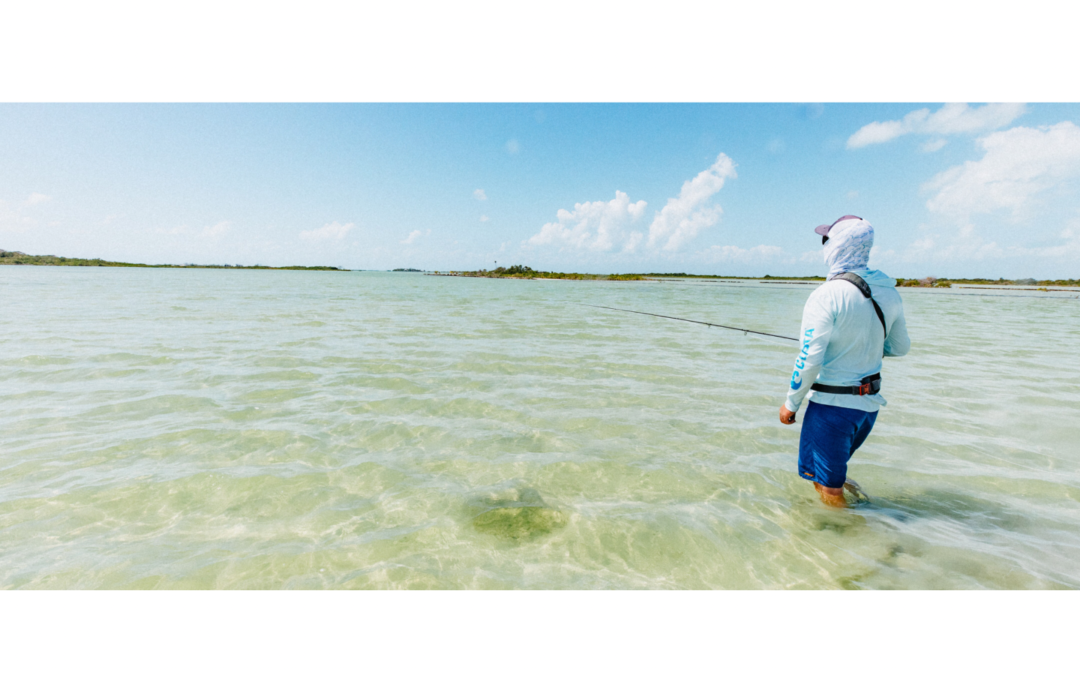A typical day fishing on the flats starts in most cases with meeting up with your guide after breakfast. The exception to this would be if you are wanting to target Tarpon then you want to be on the water at daybreak to take advantage of what is usually the best bite of the day.

In most cases you have spoken with your guide the night before and have formulated a game plan for your day on the water. Remember that fishing guides in Belize are typically on the water fishing for most of the year. They have years if not decades of experience knowing where the fish will be and won’t be at any given time of the year.
Remember to bring along with you your personal belongings such as a hat, long sleeve shirt, sun glasses, sun screen, polarized sunglasses, your personal fishing equipment and snacks and beverages. Liquids and particularly water, make sure that you stay hydrated during your time on the water.
Depending on where you are going you could start the morning with a 15-45 minute boat ride to get to the first destination. This is always an exciting time as the anticipation of catching fish can be a bit overwhelming. Just try and relax and enjoy the ride, you will be stalking your quarry soon enough.
If you have never experienced it, Fishing on the Flats is much different than other types of fishing you may have done in the past. Instead of dropping your line overboard and either jigging it or trolling a lure hoping a fish will see it, flats fishing starts by spotting the fish. Here is where you will learn to trust your guide. Unless you are an experienced flats fisherman you will not notice the subtle movements in the water that the guide will see that tells him where the fish are. That little ripple on the surface may be fishing tailing while feeding or the vague black lines are not shadows but the backs of fish swimming.
Once spotted then comes the stalk. This is where the guide will be positioning the boat and you so that you can make the perfect cast to get their attention. Much like in other sports the guide will be going to the place where he thinks the fish will be, not necessarily where they were at the time he saw them. Once positioned you need to listen to the guide and do everything he says to do, you may not see the fish yet but he does.

You may go through this process more than a couple times before the stars all line up and the fish decides to take your fly. Do not get discouraged, there are a lot of moving parts and you and the guide are getting a feel for how to fish together. Again, I can not stress this enough, listen to what the guide is saying and do exactly what he is asking you to do. Casting too early may scare the fish, stripping too quickly can scare the fish, misplacing the cast may scare the fish, I think you are seeing a pattern here.
Once hooked then the next phase of the dance begins, getting the fish to the boat. Whether it is a Bonefish, Permit, Tarpon or Snook one thing is for certain, they don’t want to have anything to do with you or the boat. They are going to strip line, jump, thrash and overall do anything and everything to stay away from you and the boat. Your job is to enjoy the fight but to also make sure you don’t exhaust them too much so that they can live to fight again.


Recent Comments